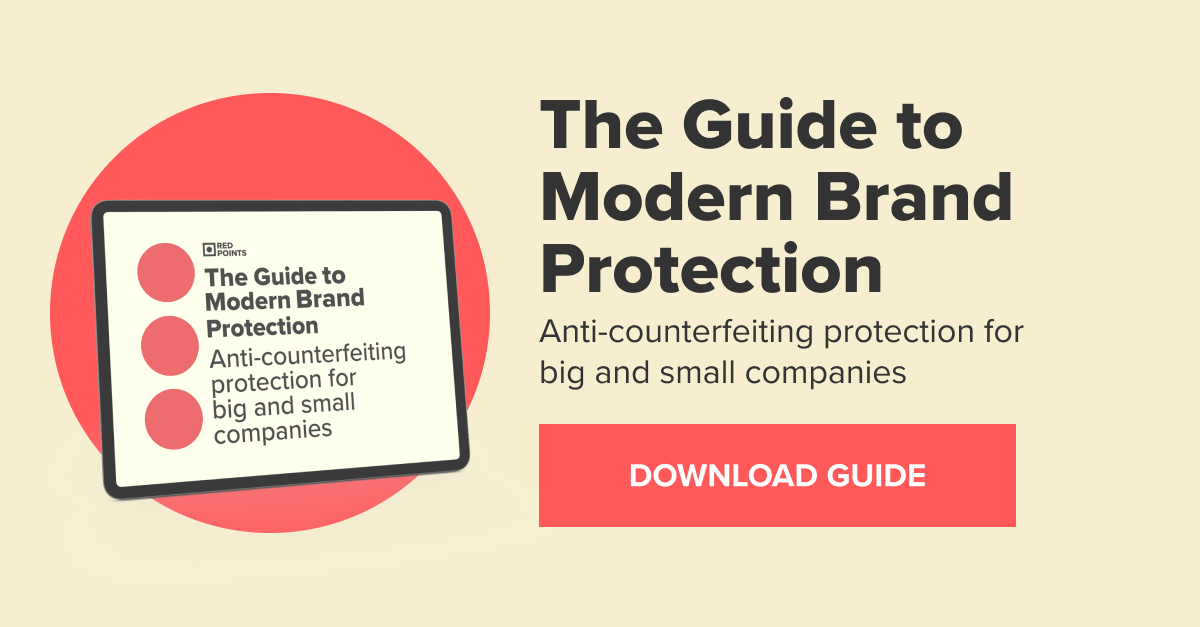If you are a business owner, whether new or seasoned, you can agree that choosing a domain name for your business is a critical step in the digital marketing side of your operations. Not only does your domain name work to establish your online presence and reach more consumers in different parts of the country and the world, but it also helps to lead your market to the correct enterprise–your business and its products and/or services–and thus attract sales.
This step may seem easy and simple on the face of it, but there are actually a number of factors to consider: uniqueness and availability, brand identity, and invulnerability to infringers, among others. It’s also important for business owners to carefully decide their domain name to be safeguarded against any unauthorized use that could confuse your consumers with other businesses.
In this article, we discuss:
- How brands can trademark a business domain name
- Why it is important to do this for your business,
- How to enforce your domain name’s trademarkHow do I trademark the domain name of my business?
1. Think carefully what you want your domain name to be.
As mentioned earlier, choosing a domain name entails a careful consideration of a number of factors. With respect to trademark registration, the most important factor to consider is that the domain name you intend to use must be one that connects it to your business; it should be able to distinguish the goods or services offered and identify them with the correct source.
This is because, to emphasize, your goal is to register your domain name as a trademark, which is any recognizable symbol, name, or design aspect that allows consumers to distinguish a business from another. This being so, your intended domain name should also work to distinguish your brand from another, so that it can qualify for a trademark and would be registrable as such.
With this said, take note that when choosing a domain name for your business, you have to stay away from generic names that would not be able to function as a signifier of your particular brand. For instance, if you are in the business of retailing clothes, do not go for domain names such as clothes.com, clothing.com, or garments.com. While you can get lucky and be able to reserve these generic terms as your web addresses, these will not pass the standards of any intellectual property body. As a rule, generic terms cannot be trademarked. For your domain name, again, choose one that would work to set your brand apart from the rest.
2. Conduct a trademark search of your intended domain name.
As in all instances of trademark registration, trademarking your domain name should start with a trademark search to find any existing trademarks that might be in conflict with the domain name you wish to use. This determines whether your intended domain name is unique and original, and thus registrable. Needless to say, trademark applications lead to a successful registration if, and only if, the intellectual property agency, such as the US Patent and Trademark Office, ascertains that your domain name does not violate the rights of an owner of a validly registered and protected mark.
Skipping this step does not only risk the registration of your domain name as a trademark; it also could lead to a case of domain name trademark infringement. Given the legal implications and consequences of trademark infringement, this is something that you should definitely not let happen.
For US trademark registrants, an initial trademark search can be done via the USPTO’s Trademark Electronic Search System. On the other hand, EU trademark registrants can conduct a trademark search using the European Union Intellectual Property Office’s eSearch plus. Alternatively, businesses may also choose to use an online trademark monitoring service, such as Red Point’s Trademark Monitoring Software.
3. File with the appropriate intellectual property agency and follow the same procedure as in the registration of other marks.
Once you have decided about your business’ domain name and have confirmed that it does not infringe existing trademarks, you can now file with the appropriate intellectual property agency your trademark application.
For the USPTO in particular, business owners have the option to file a “use” application if the business has already used or is currently using the domain name in commerce, or a “intent-to-use” application, if the business has not used the mark in commerce yet but has a good faith intention to do so in the future.
What if I have already successfully undergone domain name registration, does it mean that it’s registered as a trademark, too?
Domain name registration and trademark registrations are two entirely different concepts and processes. This means that if you have registered a domain name, it does not follow that it’s registered as a trademark, too, and is thus protected under intellectual property laws.
To reiterate our earlier discussion on the difference between a domain name and a trademark, domain name registration is the act of merely acquiring and reserving a name on the internet from a domain name registrar, such as Google Domains or Domain.com. Meanwhile, trademark registration is the process by which the registrant files an application for registration with the proper national or regional trademark office (such as the USPTO or EUIPO), paying the corresponding fees, and subsequently being issued a registration certificate that evidences the validity of the trademark registration.
Hence, if you have already reserved your domain name through a domain name registration, don’t stop there. You must also take proactive steps in protecting your domain name against trademark infringement, again, through registering it as a trademark.
Why is it important to trademark a domain name?
Trademarking a domain name is important and advantageous, for the same reasons and causes as in trademarking business marks. Some business owners may not realize the benefits, especially since a domain name is not commonly considered and treated as a business mark, but it nonetheless represents the brand and thus affords the same intellectual property protection.
When you have used your domain name for brand identification purposes and not just as the URL (that is, the string of text that forms your web address) that directs customers to your website, it then becomes an instrumental part in reinforcing your brand identity. You will have to safeguard it, too, because it can be used by persons in impersonating your brand and unjustly benefiting from it. Unauthorized use of your domain name can have negative effects on your brand reputation, which could potentially result in driving away the market and losing profit.
With a valid trademark registration in place, unauthorized use of your domain name allows you, as the trademark owner, to legally enforce your exclusive right against your infringers. This includes being able to seek redress before the courts, if in case preliminary measures are unable to stop the infringement. To note, trademark cases will only be given due course by the courts if the complainant, in the first place, is the valid owner of the trademark.
Above all, what you must realize is that as we are now progressing toward the metaverse, with more and more companies and platforms establishing their presence in the virtual world, your business must follow suit in securing your brand digitally. Without question, this involves protecting your digital assets like your website, and thus your domain name.
What’s next?
There are many other ways in practicing and achieving brand protection. For a cost-effective and convenient trademark protection approach, check out Red Points’ trademark monitoring software, which automatically finds and removes trademark infringement, among its other brand protection features.
You can also choose to learn more about how else to protect your domain name from infringement, and your business altogether, through Red Points’ brand protection guide.








